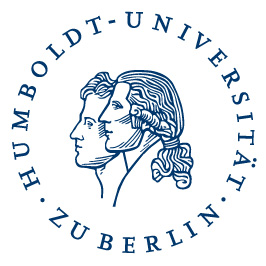This project aims at a systematic investigation of the phenomenon of thought insertion in schizophrenia in contrast to related psychiatric disorders of thought processing and thought control such as intrusive thoughts in patients suffering from obsessive compulsive disorder (OCD).
Two aspects of thought processing can be distinguished: authorship and control. Roughly, controlling a thought means being able to wilfully suppress or modify a thought or to decide whether a thought will be action guiding or not. Being the author of a thought simply means being the producer of a token thought. Both intrusive thoughts (in OCD patients) and inserted thoughts (in schizophrenic patients) are characterized by a lack of control, whereas only inserted thoughts are further accompanied by a felt lack of authorship.
The investigation will comprise
a detailed assessment of the phenomenology of inserted and intrusive thoughts,
a first attempt to uncover the neural signature of inserted and intrusive thoughts using functional magnetic resonance imaging (fMRI) and
the testing of specific hypotheses concerning the neurocognitive mechanisms of thought insertion in schizophrenia as well as intrusive thoughts in OCD patients.
We propose that the neurocognitive mechanisms underling these phenomena differ quite substantially, despite their similarities on the phenomenal level. The collected data will form the basis of an empirical theory of authorship and thought control, which will be integrated into a philosophical framework of self-consciousness.



